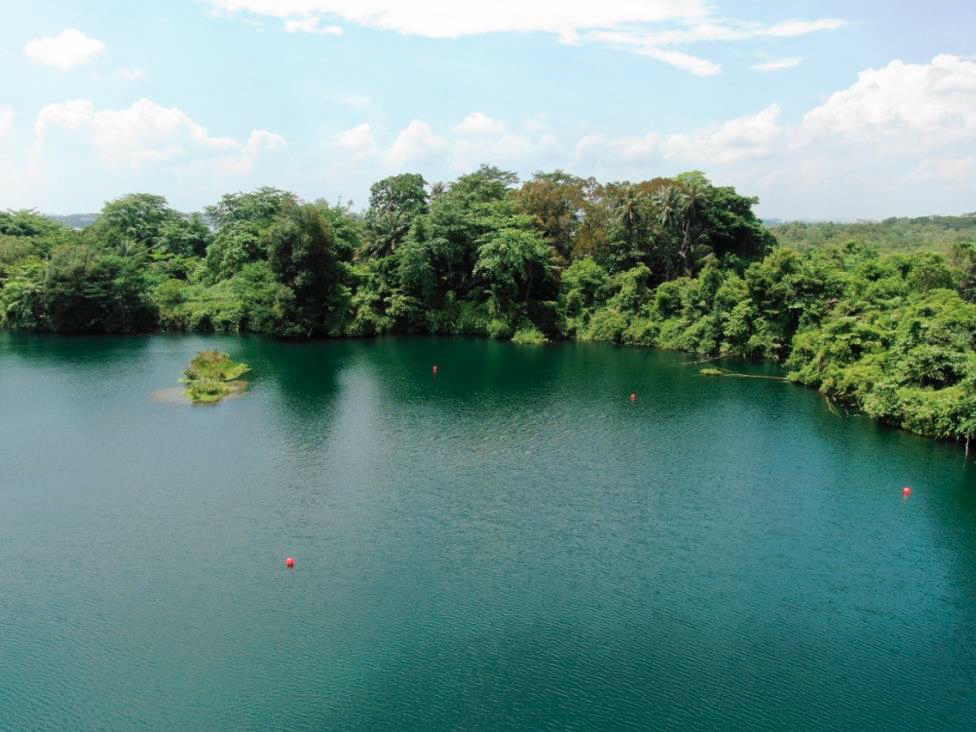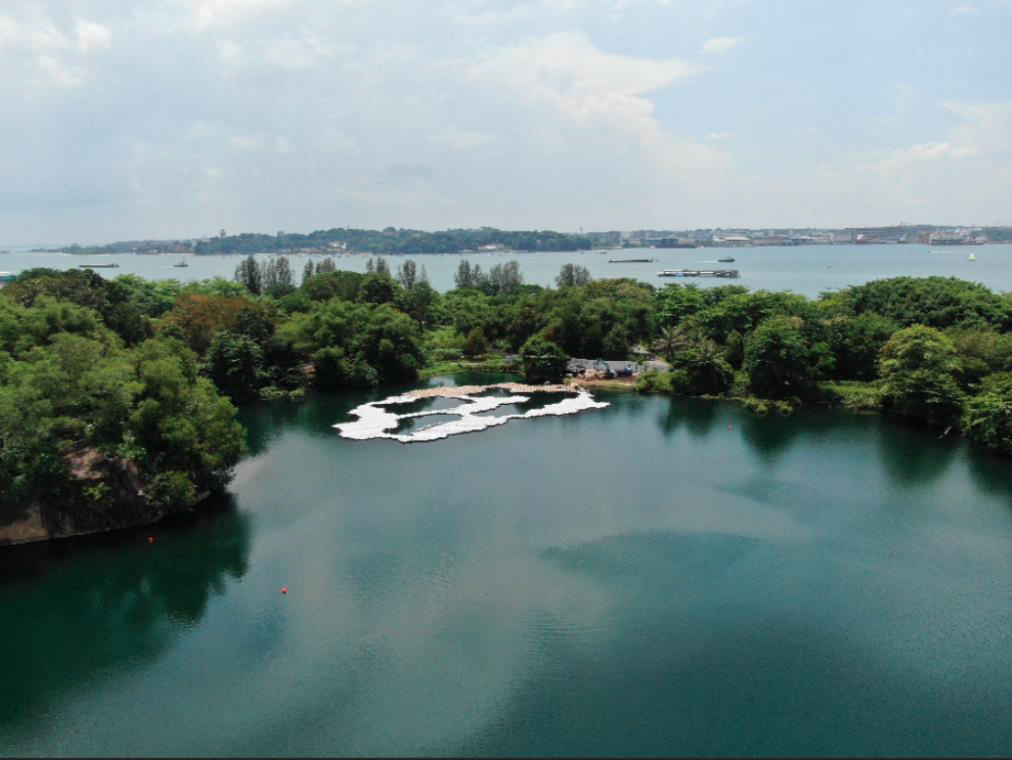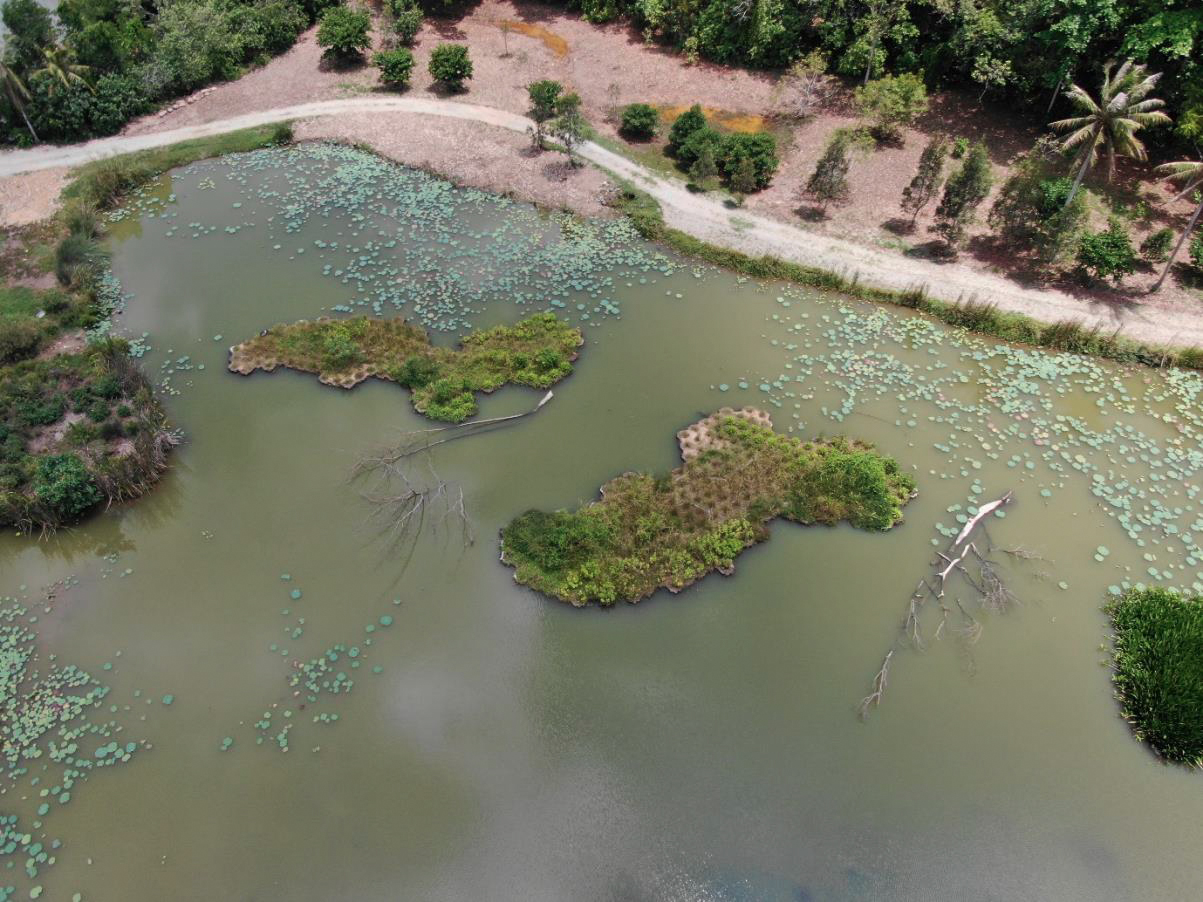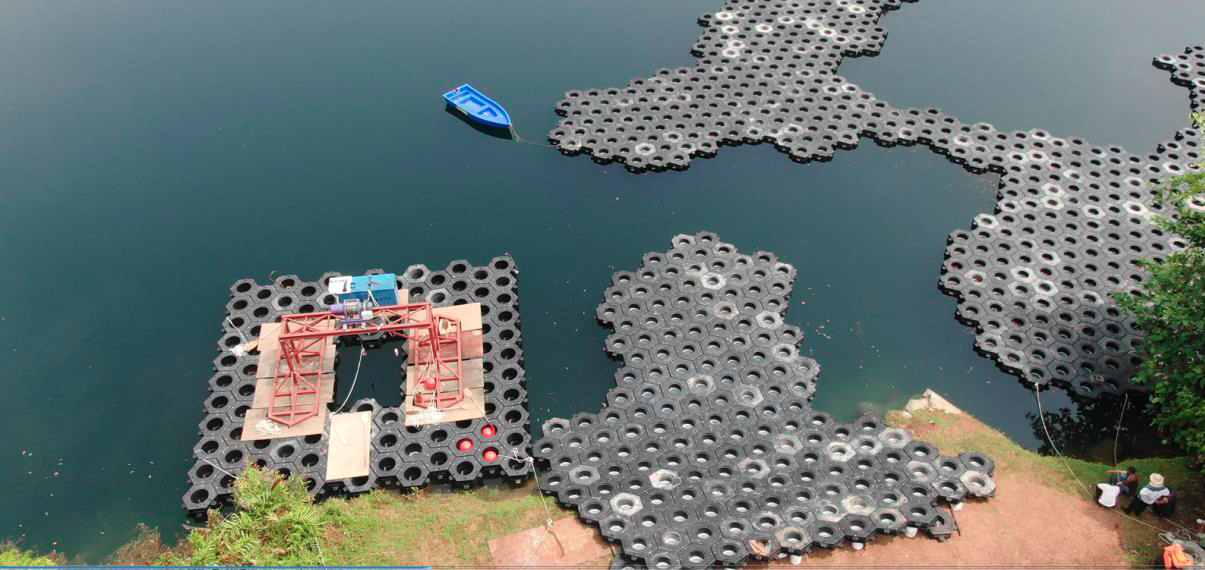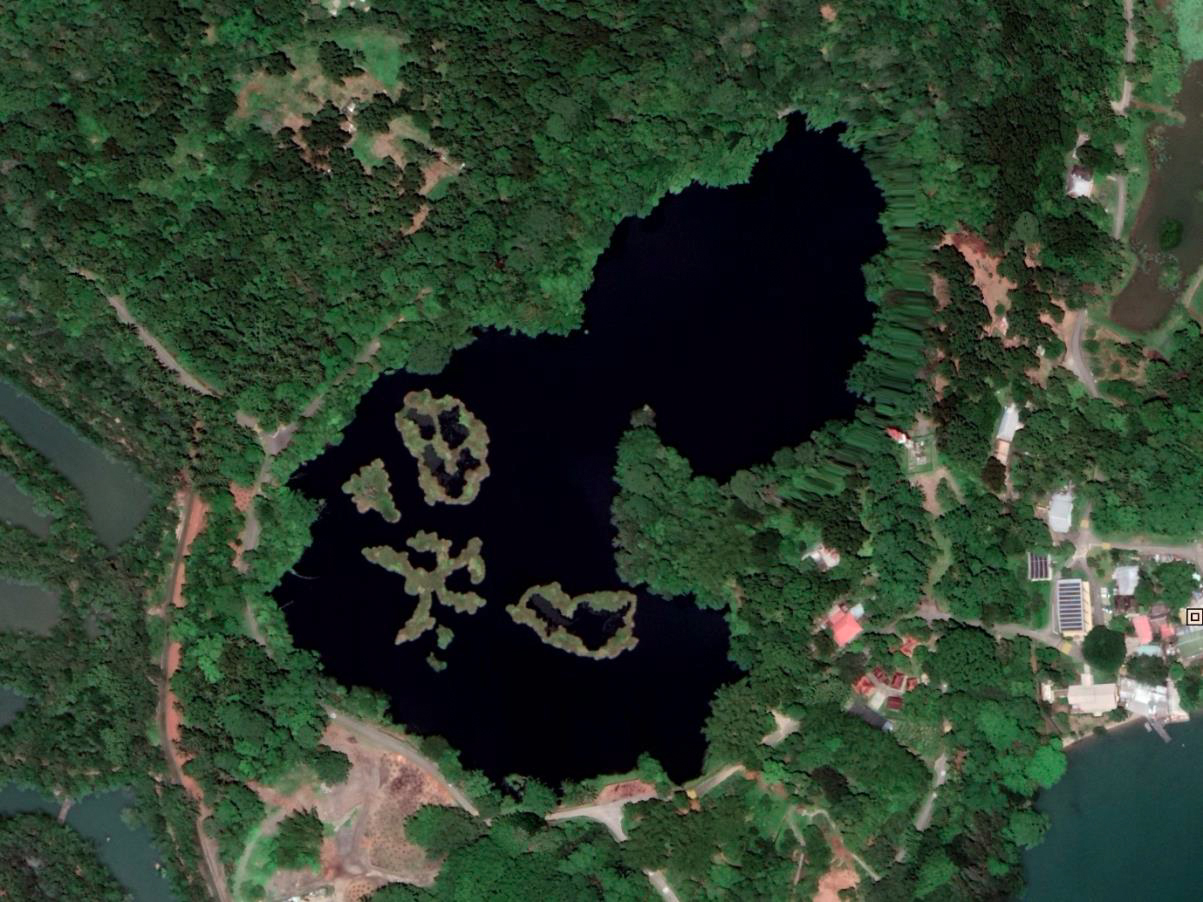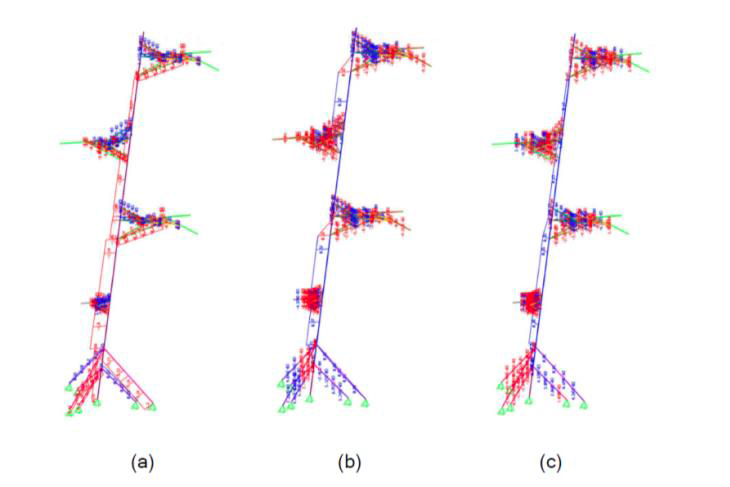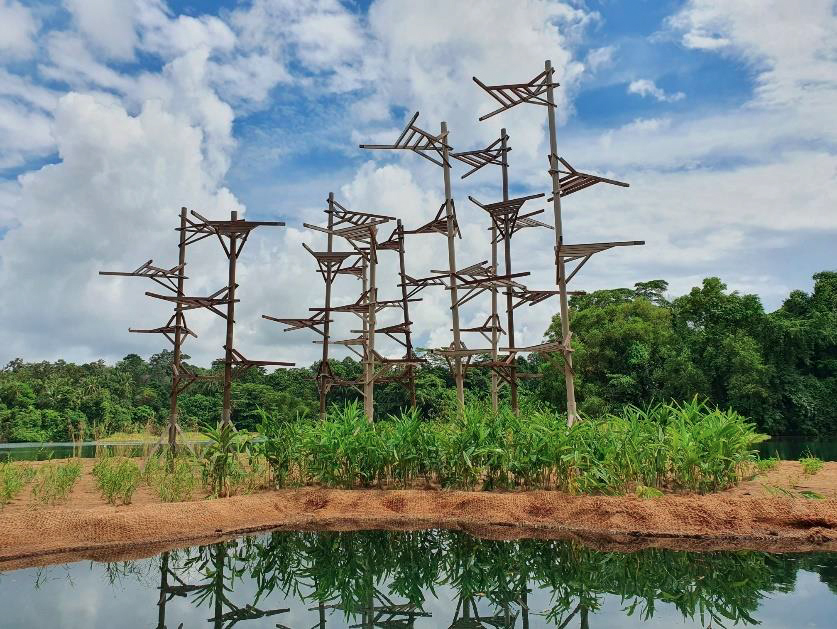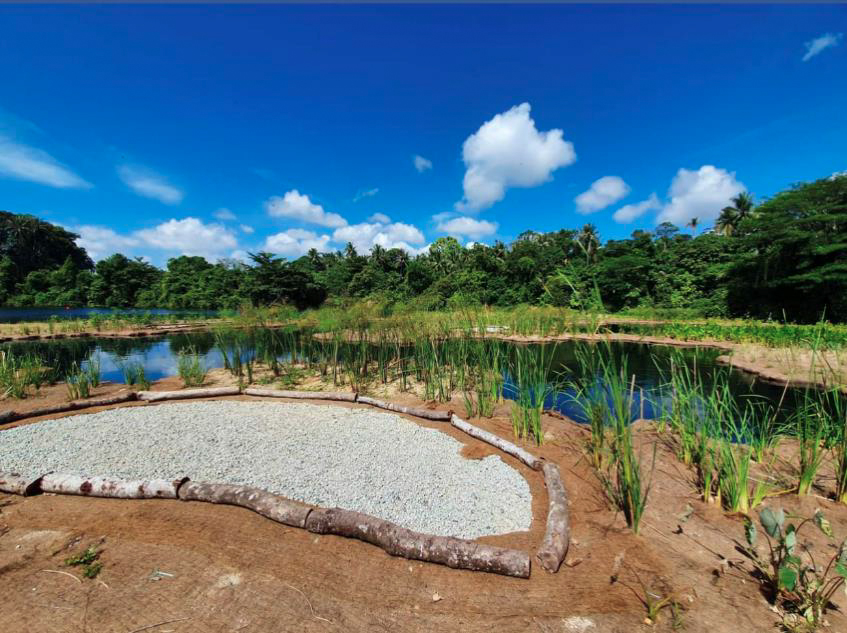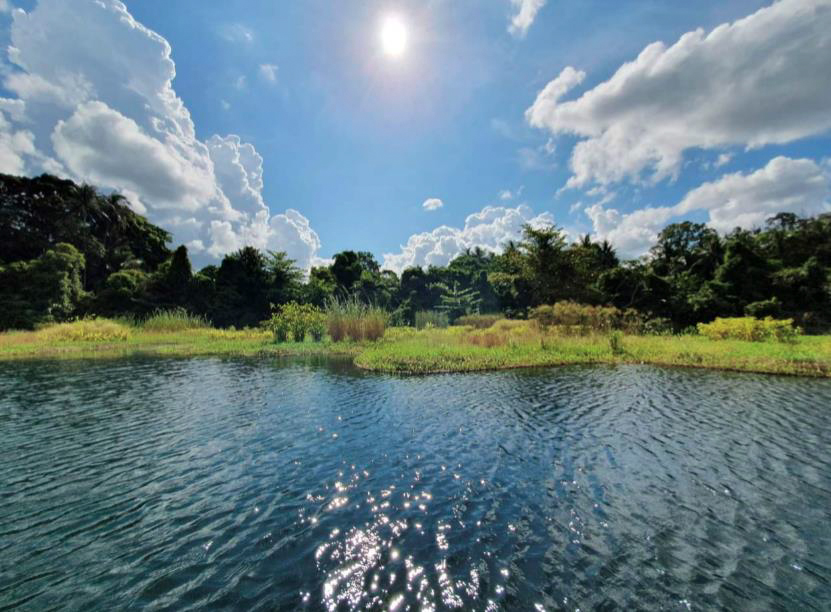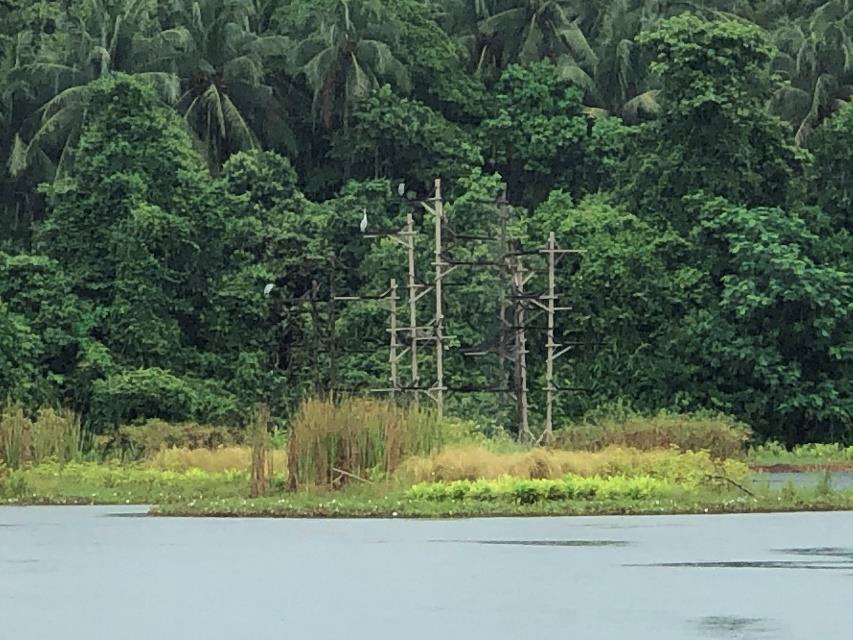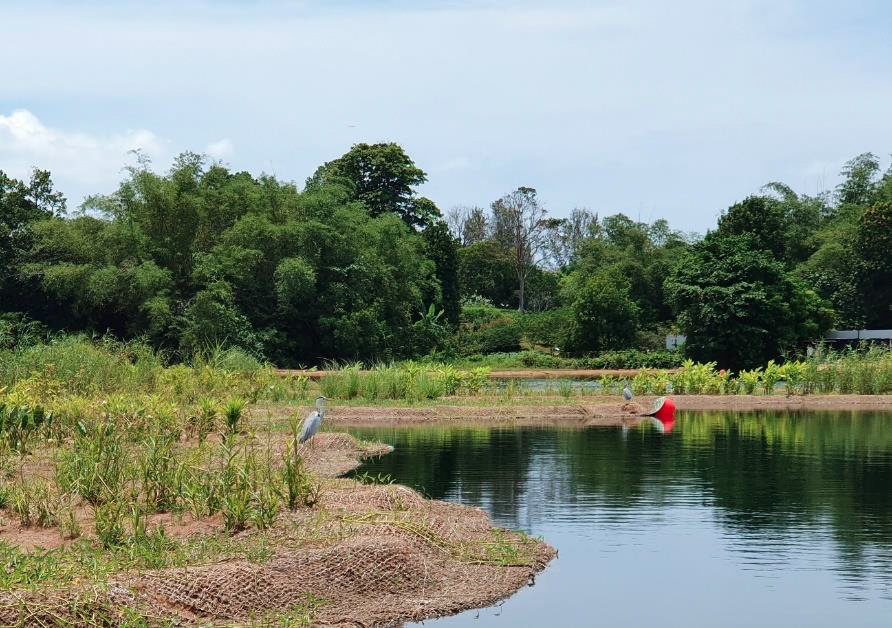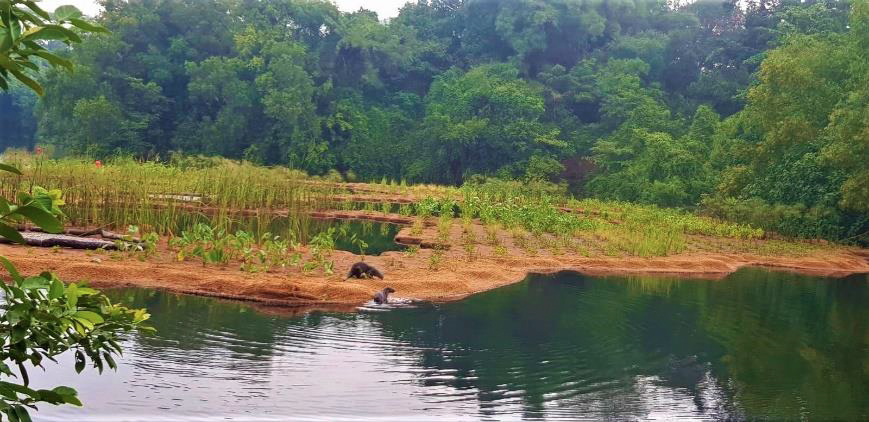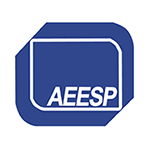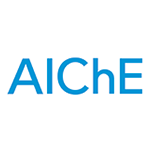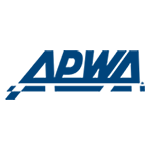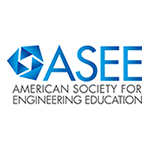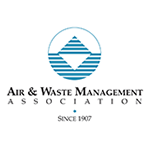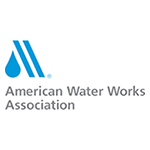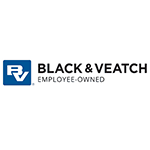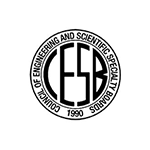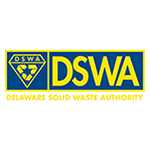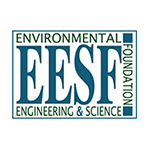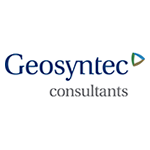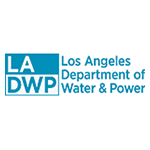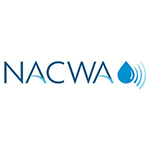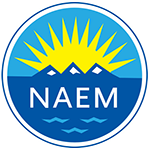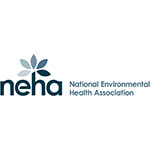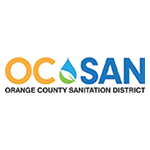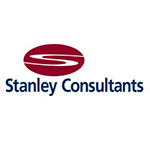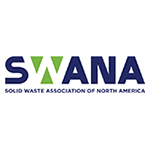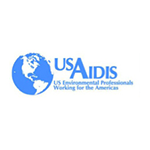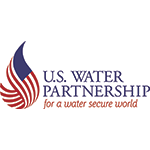- Home
- Contact Us
- News & Events
- Awards
- AAEES Awards Criteria
- 40 Under 40 Recognition Program
- Edward J.Cleary Award
- Excellence in Environmental Engineering and Science Education
- Gordon Maskew Fair Award
- Honorary Member
- International Honorary Member
- Ralph and Joe Bales Graber Science Award
- Stanley E. Kappe Award
- Environmental Communications Awards Competition
- Excellence in Environmental Engineering and Science Competition
- The AAEES Chapter Blue Marble Award
- Resources
- AAEES Microcredentials
- Annual Reports
- AAEES Press Releases
- AAEES Website How To VIdeos
- Environmental Engineer and Scientist
- Environmental Engineering Body of Knowledge
- PFAS Resources
- Specialty Examination Guide
- Students and Young Professionals Resources
- Who's Who in Environmental Engineering & Science®
- Leadership Opportunities
- Membership
- Donate
- Jobs
2021 Excellence in Environmental Engineering and Science® Awards Competition Winner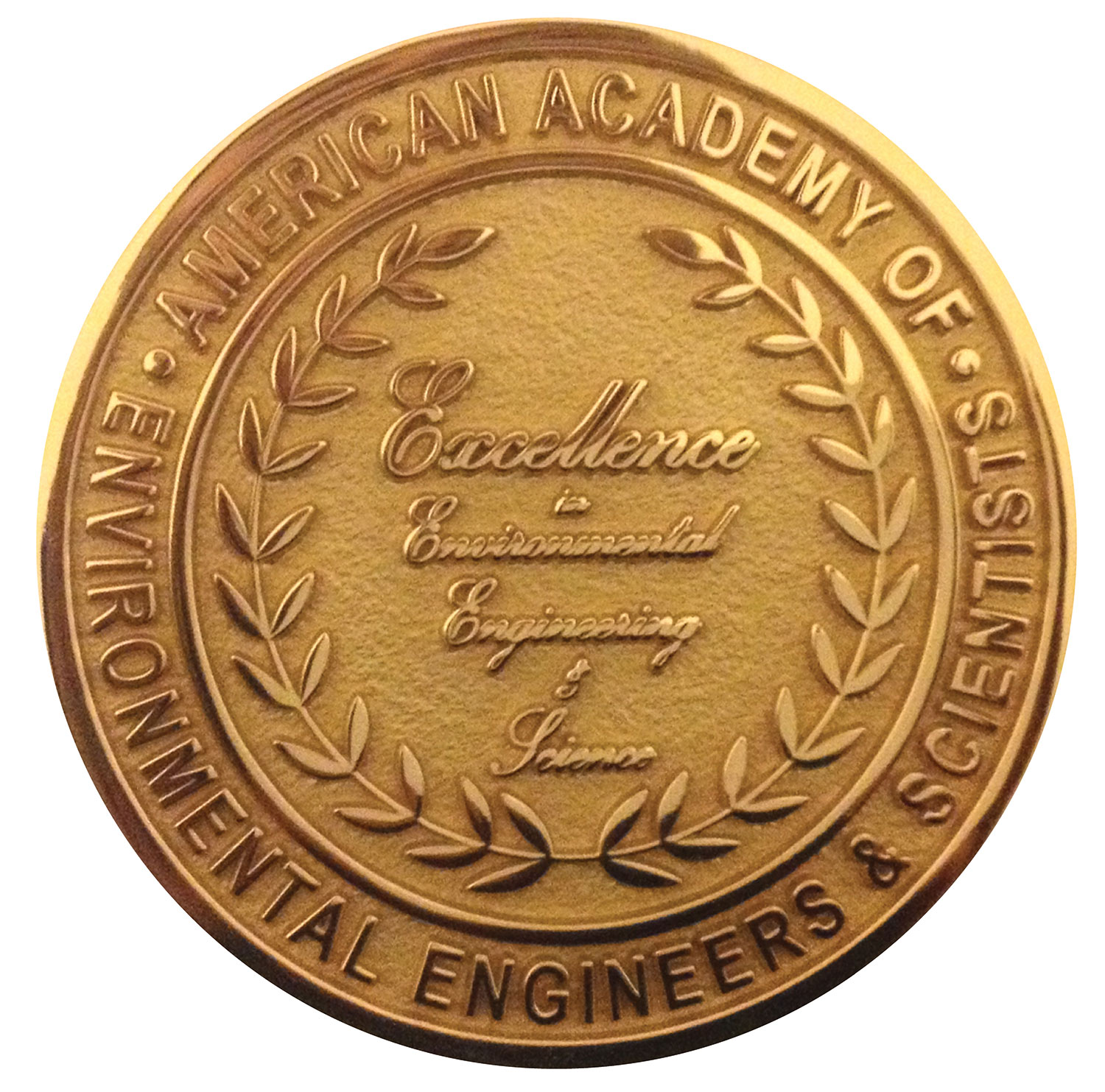
Honor Award - Small ProjectsFloating Wetlands in Pulau UbinEntrant: Housing & Development Board Entrant Profile The Housing & Development Board (HDB) is Singapore's public housing authority. We plan and develop Singapore's housing estates; building homes and transforming towns to create a quality living environment for all. We provide various commercial, recreational, and social amenities in our towns for our residents’ convenience. As the public housing agency that houses over 80% of Singapore's population, HDB has a key role in supporting Singapore’s commitment to sustainable development. The Housing & Development Board (HDB)’s hexagon-shaped floating modules were used by NParks to create a floating wetlands system at Pekan Quarry on Pulau Ubin. More than 6,000 floating modules were deployed to make up 4 large clusters of floating wetlands systems, and over 15,000 plants and 13 wetlands species, which are native to South-East Asia were planted. The total usable area created on the waterbody is over 4,000 m2 without any land reclamation. The project team took great effort to ensure that the 4 clusters of floating wetlands were constructed in an environmentally-sustainable manner, and that the area’s biodiversity would be preserved and enhanced as much as possible. 1 of the clusters even has 10 nesting structures built to mimic native herons’ natural habitat. Apart from being a wildlife habitat, a touch of green is added to vast water surface in Pekan quarry, and the roots from plants on the floating wetlands acts as shelter and source of food for aquatic life. The birds and otters feed on the fishes under the floating wetlands, and this forms a food chain. Terrapins, Malayan Water Monitor Lizards, otters, frogs, dragonflies, damselflies, butterflies, Grey Herons, and other birds species were sighted on the floating wetlands system. Project DescriptionExecutive SummaryThe National Parks Board (NParks) has developed comprehensive plans to conserve and enhance biodiversity through developing eco-habitats for birds and other wildlife to seek shelter, forage and nest in a disused quarry on Pulau Ubin. The former quarry has since filled up with rainwater covering an area of at least five hectares. It presents a unique opportunity to showcase sustainable engineering solutions which can intensify greenery and improve biodiversity count. This project aims to enhance the freshwater habitat at Pekan Quarry and draw visitors to view the rich aerial-aquatic wildlife habitat. Deployment of Floating Wetlands System The Housing & Development Board (HDB)’s hexagon-shaped floating modules were used by NParks to create a floating wetlands system at Pekan Quarry on Pulau Ubin. More than 6,000 floating modules were deployed to make up four clusters of floating wetlands systems. The total usable area created on the waterbody is over 4,000 m2, and this floating wetland project is one of the largest in South-East Asia. The team made use of an existing floating system on site to deploy anchoring systems within a waterbody of up to 50 meters deep. Diverse trees, shrubs and groundcover species were planted to form a layered landscape. Snags, logs, gravel pits and sand bath areas were constructed to attract other mammals, reptiles, birds, and insects. The wildlife can then use these features as roosting sites or for foraging for food. Short vegetation is planted on substantial areas for water birds to climb and walk on, and the taller plants provided these birds with safety and privacy. Floating mats were also attached to the HDPE modules to create a stable surface for wildlife to climb or forage from. One of the clusters of floating wetlands systems was used to support 10 aluminium nesting structures, ranging from six to nine meters tall, for herons to perch and nest. The look-out area was also reinstated to bring nature closer to birdwatching community, nature lovers, and visitors to Pulau Ubin, where they can interact with greenery and view native biodiversity. Positive Impacts to the Living EnvironmentIn the past, the landscape of Pulau Ubin was used for plantation, aquaculture and granite quarrying,. In 2014, the Ubin Project was initiated to preserve the island’s rustic charm, natural environment, biodiversity and heritage. Pekan Quarry is home to Grey Herons that roost along the trees, edge vegetation and floating debris around the quarry. However, these Grey Herons do not nest there. The floating wetlands system was borne out of an idea to better utilise the vast water area to intensify greenery and improve native biodiversity after extensive consultations with members of public. One of the ways was to install Heron nesting structures on one of the clusters of floating platforms. Since the installation of the nesting structures, Herons and other birds have been observed using the structures. Over 15,000 plants and 13 wetlands species, which are native to South-East Asia were planted on 4 clusters of floating wetlands. One of the clusters even has 10 nesting structures built to mimic native herons’ natural habitat. Apart from being a wildlife habitat, aquatic plants are added to the vast water surface in Pekan Quarry. The roots from these plants act as shelter and food source for aquatic life. The birds and otters feed on the fishes under the floating wetlands. Smooth-coated otters, Malayan Water Monitors, Grey Herons, Purple Herons and a Great-billed Heron, dragonflies and damselflies and other wildlife species have been sighted on the floating wetlands system. Advancement of knowledge with practical applications of science to solve existing challenges and potential beneficial impact to societyUtilising a modular design for versatility Inspired by the organic form of the honeycomb – made out of hexagonal cells that bind to one another to create a light-weight structure with high strength and rigidity, HDB created a one-of-a-kind floating system, which comprises wetlands plants cultivated in hexagonal buoyant modules that can be easily assembled and hoisted onto the deep waterbody and formed usable “floating spaces”. Two types of High Density Polyethylene (HDPE) floating modules with varying depths of 250mm and 410mm, were deployed to construct the floating wetlands system. The HDPE floating module of 250mm depth can support loads of up to 1.5 KN/m2 and the modular system was used to support a layer of soil, logs, gravel pits, sand bathing areas, trees, shrubs and groundcover. This modular system is scalable and be used to form different organic shapes and sizes. It was also used to create inland waterbodies within the floating wetlands for wildlife. There is also flexibility to enlarge or change the shape and size of the floating wetlands system in future. The other type of floating modules of 410mm depth was used to support aluminium nesting structures. Minimal maintenance was the primary reason for the wetlands species chosen. The use of innovative floating modules with holes in the middle-enabled wetland plants to draw water from the waterbody. The modules are also held together by a unique patented solution which utilises protrusions, depressions and stainless-steel connector pins, ensures rigidity and stability. Floating mats were also attached to the HDPE modules to create a stable surface for wildlife to climb or forage from. The floating wetlands at Pekan Quarry consists of 4 large clusters of floating modules, the largest of which is about 1,385m2. It is able to carry up to 208 tons or about the weight of 2595 men (of average weight 80 kg). The hexagonal-shaped modules used in the floating wetlands are inspired by the natural strength and rigidity of honeycomb. These floating modules are modular and can be built to any desired size and shape. The design of the modules was also such that it will be able to bear all the possible loading combinations while maintaining buoyancy and stability. A larger variant of the floating module were deployed to support aluminium nesting structures. The modules also have openings to allow the plants to access the water below and floating mats are attached to the floaters to facilitate wildlife climbing onto the floating wetland. Utilising Finite Element Analysis software to optimise design Finite Element Analysis (FEA) was carried out for the floating module unit, connections and global layout. FEA was used to forecast field performance limits of assembled structural floating system where buoyancy, system modularity and loading capacity were checked. Connection details between the floating modules were designed to be robust. Both static and hydro elastic analyses were performed to determine whether the floating module was able to meet the minimum freeboard, strength and serviceability requirements. This ensure that the floating system is stable and safe for maintenance workers to walk on and maintain the wetlands plants. Hydro elastic analysis was performed to assess the degree of flexibility of the floating wetland. FEA was also used to analyse the strength of the floating module to support nesting structure and imposed loadings from Grey Herons and nests. In summary, it would ensure that the floating system does not breakup, submerge nor overturn under usual weather and wildlife loading conditions. Employing new design of anchoring system to overcome on-site challenges The water condition in the quarry is pristine, and the original landscape design intent was to have more than 20 floating wetlands. However, this would require 60 anchoring points, and the nylon ropes may be visible when viewed aerially. To improve on the aesthetics of the design, these floating wetlands were grouped and integrated to form four large clusters, to reduce the number of anchoring points from 60 to 16. The harsh terrain of Pekan Quarry, with its steep granite walls and uneven ground, prevented the use of conventional concrete sinkers as the required heavy machinery could not access the site. Hence, the project team chose filled geotextile bags with granite, ranging from 100mm to 150mm diameter, over conventional concrete sinkers. This solution negates the need for heavy machinery in lifting conventional concrete sinkers of up to four tonnes each. These geotextile bags are cheaper and safer to deploy as the waterbody is 50 meters deep, and access to the site is limited. The project team deployed 2 numbers of Geobags instead of 1 large concrete sinker at the 4 anchoring points of each floating wetlands to better secure the large cluster of floating system. The Geobags have better traction between bed of the waterbody and these geobags has little exposure to the ultraviolet rays in the deep waterbody, and do not degrade. Description of Achieved Results and Benefits A total of over 4,000 m2 of floating wetlands were created on the waterbody in Pekan Quarry. The extensive greenery on site had attracted diverse wildlife, and more than 8 species of fauna such as native Grey Herons and other bird species, mammals (such as Otters), reptiles, amphibians and insects (such as dragonflies and butterflies) were sighted in the immediate vicinity. 13 plant species native to South-East Asia and over 15,000 wetland plants were planted. The Floating Wetlands project has allowed officers from government agencies, local university staff as well as industry experts to deepen their engineering knowledge and familiarise themselves with the use of Finite Element Analysis to competently design individual floating module and floating platform. Valuable experience on the deployment of large-scale floating systems within deep waterbody with steep embankments was also gained by those who participated in this project. The introduction of green spaces on the waterbody was carried out in an environmentally sustainable manner, and this project does not require land reclamation and construction of piles. The construction of floating wetlands also did not significantly affect the existing landscape and pollute the water body. This project provided opportunities for eight students from Ngee Ann Polytechnic to learn about the floating wetlands and its construction. These students carried out baseline studies and will carry out post implementation monitoring and assessment of floating wetlands and its water quality in its vicinity with reference to growth of wetland plants chosen. This project brings nature closer to visitors so that they can learn and appreciate the natural heritage, and this project was also certified under the Landscape Excellence Assessment Framework (LEAF) for Pekan Quarry Floating Wetlands, and has met the Silver level certification standards with Special Mention for Conservation and Biodiversity. Click images to enlarge in separate window. Click here to return to the list of 2021 winners. |

